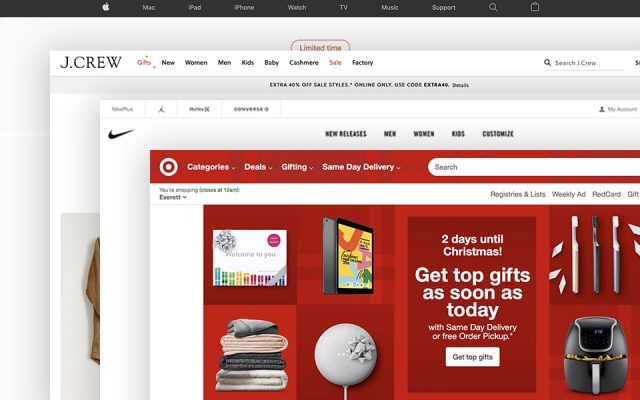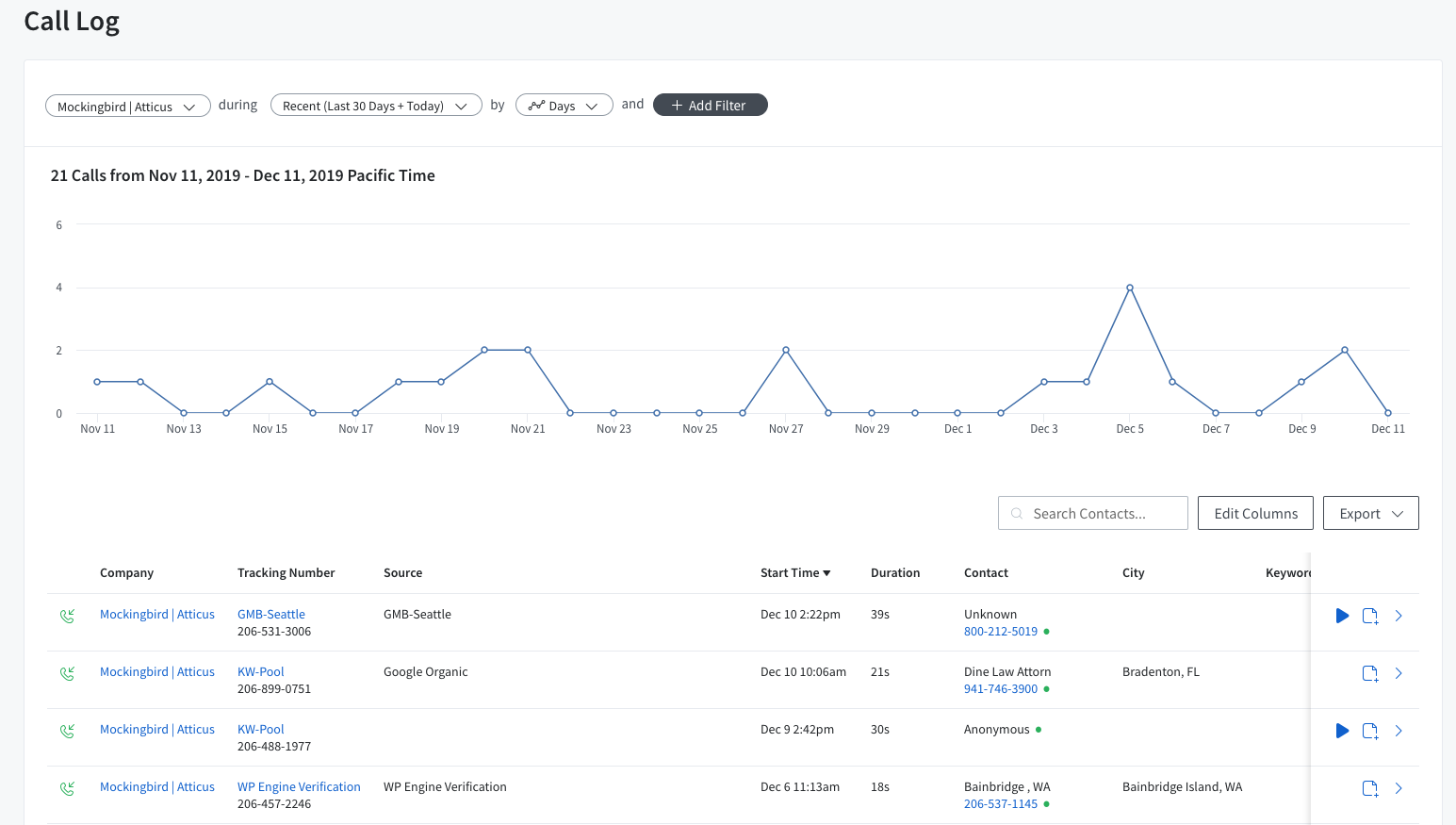I’ve been spending some time on Google Analytics. I’ve been looking at which of our pages are doing well, which are at the tail-end of their trend, and which are leading conversions.
There are some obvious leaders in the conversions department, mainly our homepage and our Law Firm Advertising page, both of which we heavily advertise. They are also pages that tend to get pretty consistent organic traffic. What I was interested in was how their organic traffic related to their paid traffic in terms of conversions.

Referral Traffic
The page we’re looking at had a total of 3,243 sessions in the selected time period. Most of that traffic came from referrals, but referrals drove the smallest percentage of sessions to conversions of the metrics being investigated (referral traffic, organic traffic, and paid traffic). Despite its 2,160 sessions, referrals only led to 6 leads: a measly 0.28% conversion rate.
This seems to be reflective of the site as a whole, as organic traffic drives the highest percentage of sessions. Referrals hold a close second, showing their traffic-driving power, but they also convert the fewest number of users. With a 0.57% conversion-rate sitewide, referrals should probably be thought of more as visibility-assets than business-drivers.
Paid Traffic
For this page, the second largest traffic driver was paid advertising. Paid traffic drove a total of 10 leads on that page, leading to a 4.61% conversion rate. Despite being about a tenth of referrals traffic-wise, paid traffic had a conversion rate that was over 16 times that of referred traffic. This is a good example of quality traffic over general traffic.
Organic Traffic
Finally, organic traffic for the page was third as far as numbers of sessions but was second as far as conversions. As previously mentioned, organic traffic drove the highest percentage of sessions site-wide. What wasn’t previously mentioned was that organic traffic has the third-highest percentage (0.83%) of online conversions. Above it were paid CPC (4.22% conversion rate) and direct traffic (0.84% conversion rate).
The Takeaways
The point of this research was to see the value in different types of traffic; a holistic approach to understanding Google Analytics. A quick glance at a number of Google Analytics accounts will show that while each website has its own quirks, organic and referral traffic are often high in the ranks as far as numbers of sessions, but referrals are often outpaced by paid and organic traffic when it comes to conversions.
But conversions aren’t everything. Holistic, remember? Direct traffic also often ranks high for conversions, which implies that the clients who went directly to the site knew what they wanted and had already made their decision to convert. They probably made that decision during a prior search, which is why we shouldn’t discount referral traffic or any traffic that doesn’t seem to be driving leads quite yet. The one exception I’ll concede to is paid traffic. If your paid traffic isn’t resulting in leads you have a problem.
If you want to know more about what your law firm’s website’s traffic means, contact Mockingbird.




